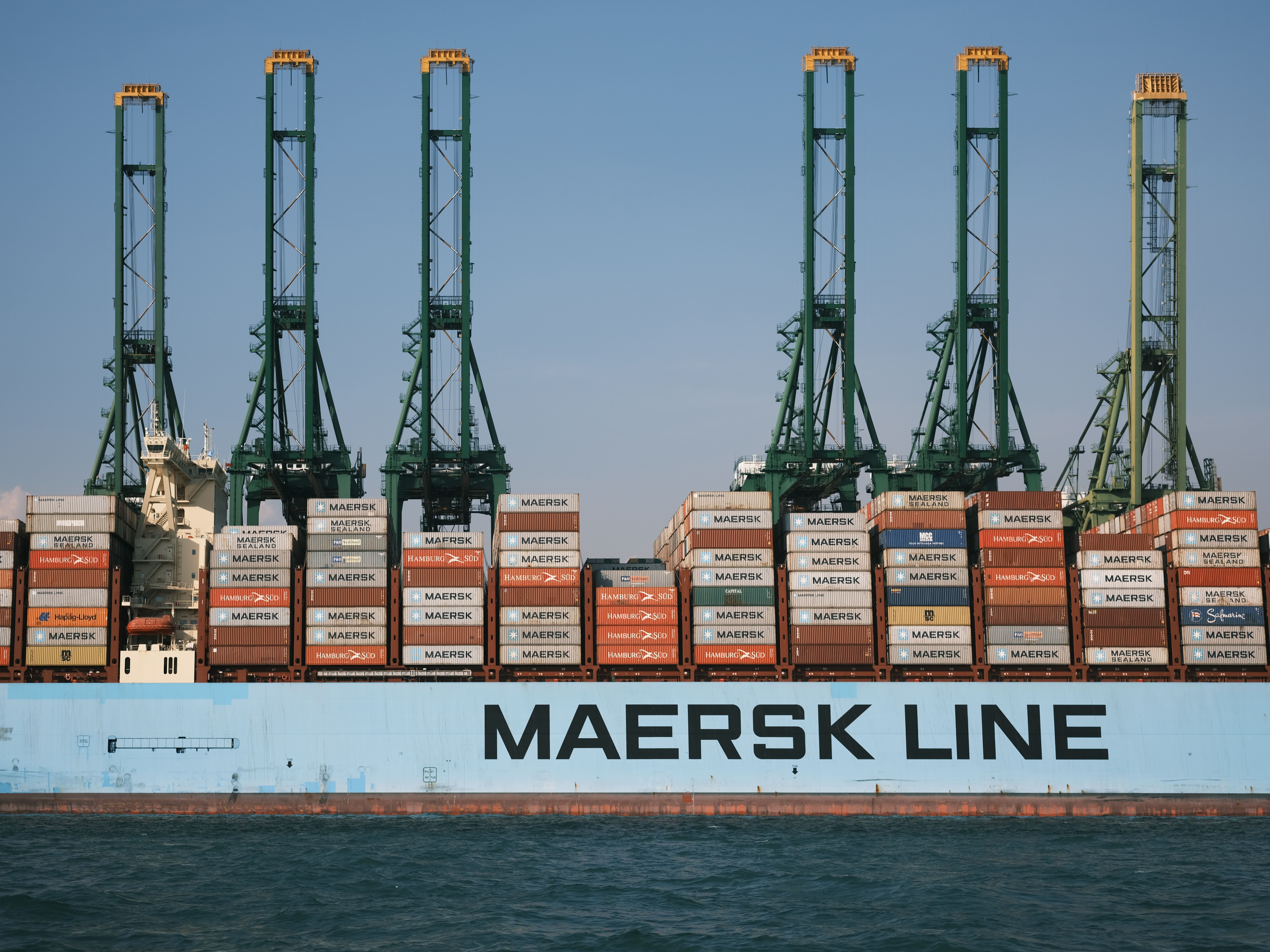
Added: Mar 09, 2021
Last edited: Oct 07, 2021
Egypt's Damietta Port is accelerating its drive to replace its fossil fuel-powered cranes with electric cargo lifting equipment to save on fuel and reduce diesel emissions. In the last years, the Damietta Port Authority introduced the onshore power supply (OPS) system to provide ships with electricity instead of using the ship’s own turbines which were the first steps towards environment-friendly techniques to minimize emissions.
Most shipping emissions in ports are estimated to grow fourfold up to 2050. This would bring CO2 emissions from ships in ports to approximately 70 million tonnes and NOx emissions up to 1.3 million tonnes in 2050. Asia and Africa will see the sharpest increases in emissions, due to strong port traffic growth and limited mitigation measures.
The Damietta Port Authority implemented an OPS to reduce emissions of cargo vessels. Ships can shut down their engines while berthed and plug into an onshore power source, the ship’s power load is transferred to the onshore power supply without disruption to onboard services. Emissions to the local surroundings are eliminated.
By implementing OPS at the Damietta Port, the shore power is in general applicable to ships operating on dedicated routes and vessels that consume large amounts of power and emit high levels of air pollutants when berthed. Typical vessel types include ferries, cruise ships, LNG carriers, tankers and container ship.

Mobilise
Visions and Ambitions
Roadmaps and strategies and targets
Govern the Transition
Participatory governance mechanisms
Egypt
green ports
